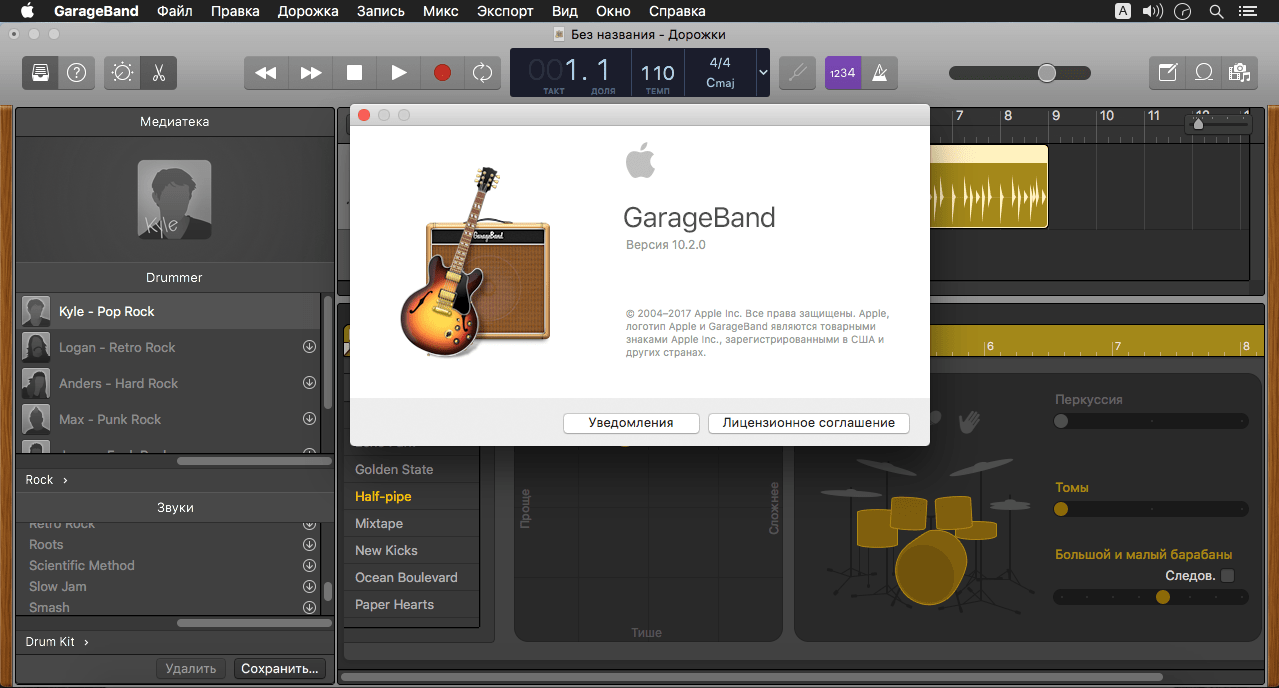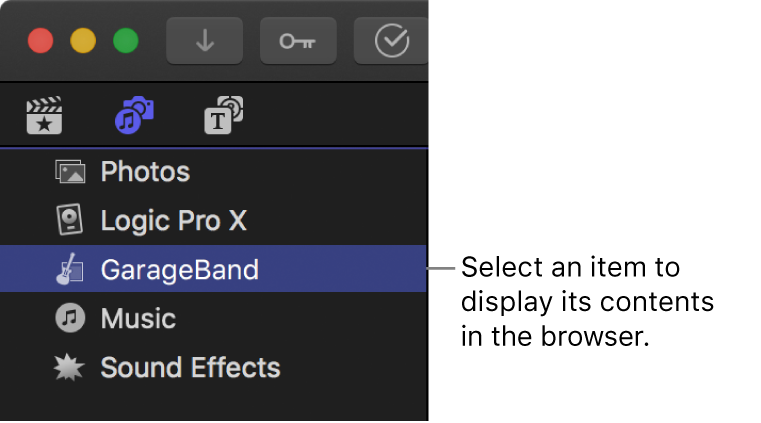

You may have to go somewhere else for more advanced tactics, for instance, Bobby Owsinski has a great book on mastering from Amazon.

Truthfully, if you’re reading this guide, chances are you’re not a professional mastering and recording engineer.

However, afterward, I will guide you through a step-by-step tutorial. Rather than going through a step-by-step process, I think it’d be more useful to have a beginner’s checklist at first, due to the fact we’re only doing very basic mastering. The brief summary above is a quick and dirty way of going about it, however, for this walk-through, I’ll use a song that I created recently that includes a lot of MIDI instruments in addition to a guitar recording to fully show how I go about doing it. Let’s just get right to it.ģ) Set up a Channel EQ, Compressor, and LimiterĤ) Choose the “Pop” preset for the EQ, “Platinum Analog Tape,” for the Compressor, and then set the Limiter’s “Gain” to +2.0 and the “Output Level” to -0.1 The simplest way of doing things is usually the best. You really don’t have to get too fancy when it comes to something like this. Punkademic’s Comprehensive Music Theory Courseĥ0% Off 1-Year Subscription On Their Site The 5 items that really stand out to me right now are: Metallica MasterClass I’m sure there are more sophisticated ways of going about this with all kinds of tools, tricks, and software, but in today’s tutorial, we’re just going to use all of the plug-ins that come default with Garageband.īy the way, I have a list of all the best products, coupon codes, and bundles for music production on my recommended products page. When I first started out, I ran into a few problems with simple solutions that escaped me at the time, so I’ll be sharing some of those with you today. With some practice, it can be quick and easy. Mastering music in Garageband is a fairly straightforward process.


 0 kommentar(er)
0 kommentar(er)
